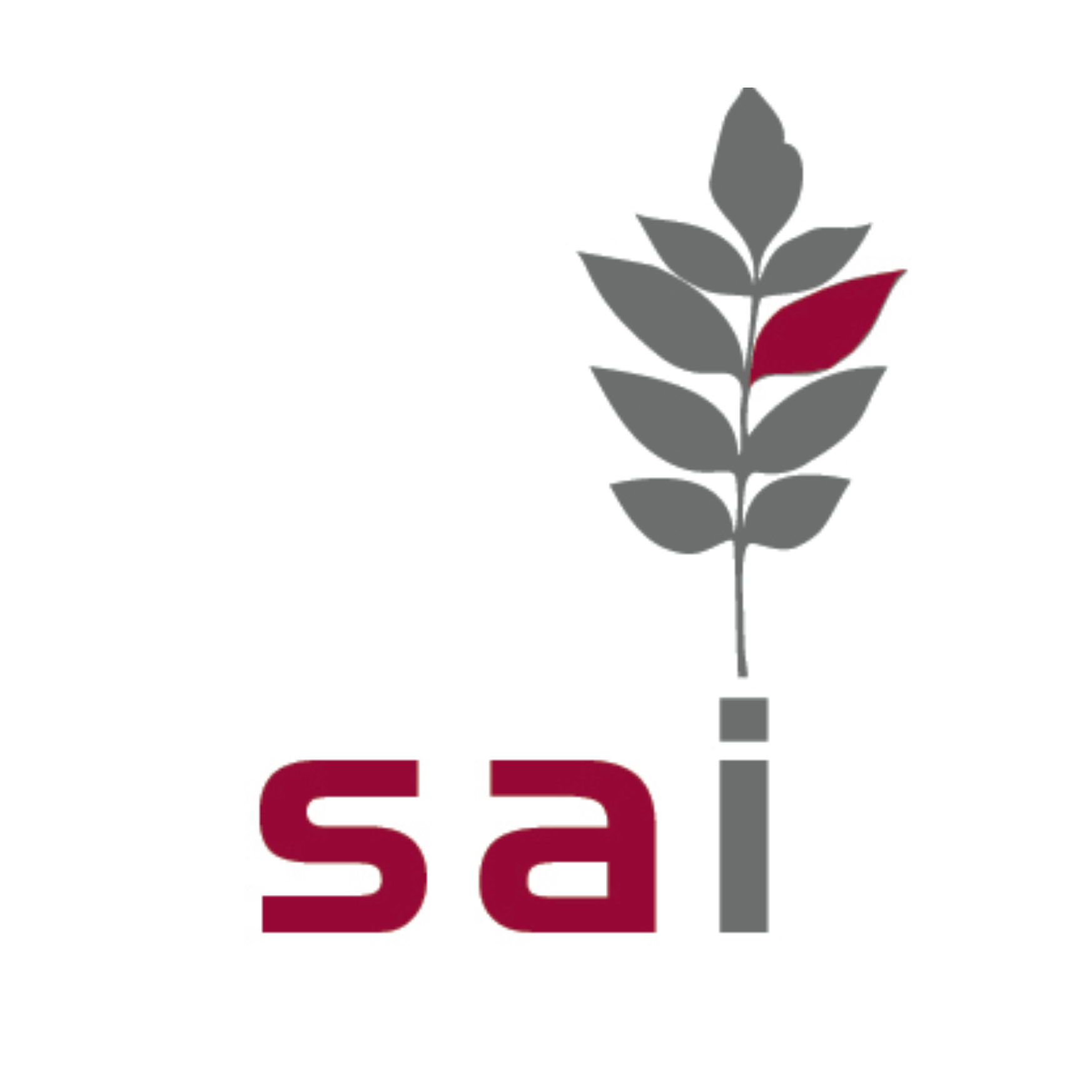“Our mission is to assist our clients to grow abroad. This is done by developing a superior outside-in perspective, through joint-interpretation and by acting on our beliefs”.
– William H. Frost – Founder and CEO of SAI
SAI method and beliefs
A strategy of internationalization is neither a report nor a statement of intent; it is a continuous and dynamic process. This process is one of resource-allocation based on understanding the advantages and strengths of a business, how and where to leverage those strengths in order to create the best international opportunities.
The process used is by joint interpretation. It is not the quantitative and/or qualitative data that counts, although the most precise and punctual is always better. What is essential is how you interpret the data: What does this information tell you about your international opportunities? This interpretation concerns how markets and industries work, as well as their business logic, key success factors and why industry actors behave as they do. We work with your interpretation of the gathered data as well as our own.
More importantly is how you act upon this interpretation. Actions may range from being conventional to radical — and in most cases the radical actions have succeeded the best. Knowledge is not sufficient; business development, as we see it, is more than just an academic exercise. Actions create both learning and the necessity to validate any belief.
The success of any internationalization strategy hinges on the ability to motivate people to purchase from your company. In other words, strategies do not create opportunities, people do. No matter how important your offering may be, what is of interest to any potential customer is if he or she can profit from it (render it profitable or beneficial); Thus, the importance of understanding your customer’s customer. Our approach is to bring our clients, as quickly as possible, in a face-to-face sales context with people interested in leveraging our offers for their own benefit.
Points of Departure
Over the past fifteen years, there has been a gradual shift in what constitutes the basis of competitiveness. With the regression in developed economies, such a change assumed an increase in significance for business development. This shift concerns a move from increasing market share to the acquisition and maintenance of customer bases. An elevated market share in a given market segment is no longer a guarantee for profitability. However, possessing a large number of valuable customers certainly is. And customers — for a variety of reasons — stay with the same suppliers. The trick is to access these customers and manage the relationship you have with them. The difficulty is doubled when to perform outside of your home market(s), as they may already have alternatives to your offer.
A product is now only part of a total offer where most of the added value to the customer is the service content. Products are no longer outputs amongst themselves; they have become inputs to a customer’s delivery system. Today we co-produce with our customers; Customers are needed in order to produce at all. It is impossible to stock a service: The customer is an essential part of the production or added-value process. Your position in the added value and customer delivery system is the basis of your profitability and competitiveness.
The framework for all profitable business development is thus customer-orientation. This is the case for our customer’s offers as well. International business development means acquiring new customers based outside your home market, although not necessarily the production capacity. This process always requires innovations beyond traditional product. Understanding such an underlying customer-driven business logic – based on customer co-production and understanding the customer’s customer – is critical to the process and provides the overall framework for an international business development.

